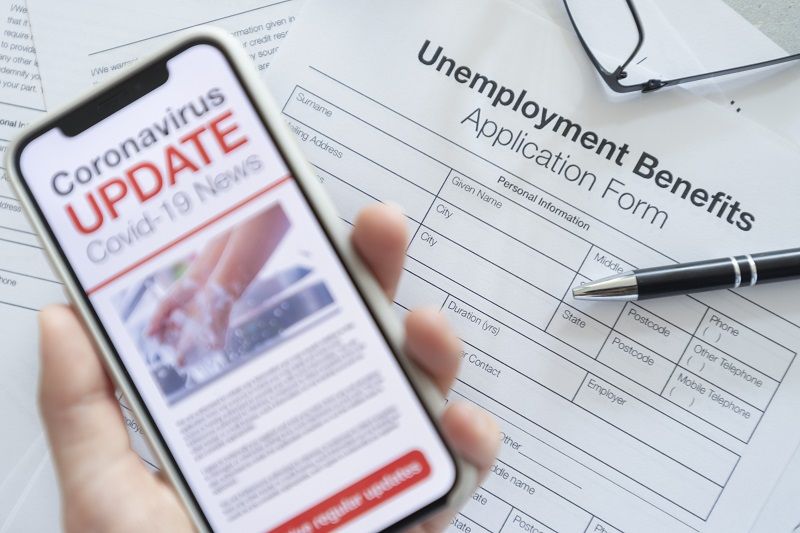The unintended negative effects of raising minimum wage rates
By Randall Pozdena and Steve Buckstein
President-elect Donald Trump has nominated the CEO of one of the nation’s largest fast food chains to serve as U.S. Secretary of Labor. The food preparation and serving industry employs almost half of all minimum wage workers. It is thus widely assumed that the nominee would be unfriendly to minimum wage regulation. Efforts such as the union-financed Fight for 15 are seeking to raise the federal minimum wage in the food service industry to $15 per hour—a 52 percent increase over the $9.87 average pay rate in the industry today.
The spotlight has thus returned to the issue of minimum wage regulation, including the impact of recent Oregon legislation. SB 1532, passed in 2016, phases in a $14.75 minimum wage in the Portland metro area, and $13.50 and $12.50 respectively in other metro areas and rural areas, by 2022. The average annual increase over the prior (statewide) minimum wage would be 8.5, 6.6, and 5.0 percent respectively for these three tiers over the 2016-2022 phase-in period. As with the last major reform in 2002, the legislated minimum wages would be adjusted after that time by any increases in the CPI.
To put these events in perspective, Cascade Policy Institute has released a major, new analysis of the history, theory, and empirical impacts of minimum wage regulation. The report focuses on the labor market impacts on youth, aged 16 to 24—the age cohort most likely to be affected as new entrants into the labor force. The study uses data and statistical techniques that, for the first time, allow measurement of how the impact of an increase in the minimum wage evolves over time, not just in the period immediately after the increase. In addition, it allows prediction of the interaction of the minimum wage shock with employment, wages, and labor force participation over time.
The findings have ominous implications for youth labor markets. First, as many studies over the past fifty years have shown, the new study finds that increases in the minimum wage significantly depress youth employment and labor force participation. The share of youth employed falls by 3 percent in just the first six months after a 10 percent increase in the minimum wage, and it falls by 6 percent after a year. Similarly, the share of youth participating in the labor force declines by 4 percent at 6 months and 6 percent at 18 months.
Second, contrary to the claims of minimum wage advocates that higher minimum wages create a cascade of even greater increases, youth wages only rise by the amount of the mandated increase—and then only for those lucky enough to find a minimum wage job. Collectively for all youth, what wage increases occur are more than offset by condemnation of a large share of youth to a zero wage; namely, to unemployment.
Third, the study finds that even a one-time increase in the minimum wage persistently continues to depress the share of youth who are employed. Specifically, statistically significant employment impacts can be expected to cumulate over time for at least five years into the future. Even seemingly innocuous increases in the minimum wage—such as Oregon’s prior 2002 policy of adjusting for the CPI—can significantly depress youth employment. Since the implementation of that adjustment policy fourteen years ago, the previous 56 percent share of youth employed has fallen to just 46 percent, an 18 percent decline. Thus, it appears that inflexible, automatic CPI indexing is inferior to letting markets set youth wage rates.
Oregon’s newest policy of legislating different minimum wage levels among metro and designated rural markets is, ironically, a concession to the reality that unregulated private market forces better balance the supply and demand for youth labor. Since the state imposed higher-than-market levels of wages nonetheless, the new study uses its findings to estimate the impact on the three tiers’ respective youth labor markets.
Although detailed, localized youth employment data for Oregon does not exist, application of the nationally estimated behavior measures can be used to estimate regional tier impacts. This analysis suggests that Portland metro area youth will suffer the most, with the share of employed youth falling by 30 percent by 2022. Youth in the state’s other metro areas will see a 20 percent decline, and youth in designated rural areas of Oregon will see a 15 percent decline.
Even though a three-tiered minimum wage is an attempt to accommodate real economic differences between urban and rural areas, Oregon has made a public policy mistake that predictably will be paid for by many of the state’s youngest current and soon-to-be potential members of the youth labor force.
Randall Pozdena is President of QuantEcon, Inc., an Oregon-based consultancy. He received his BA in Economics from Dartmouth College and his Ph.D. in economics from the University of California, Berkeley. He is the author of Cascade Policy Institute’s new analysis, Minimum Wage: Its Role in the Youth Employment Crisis. Steve Buckstein is Senior Policy Analyst and founder of Cascade Policy Institute, Oregon’s free market public policy research organization.











